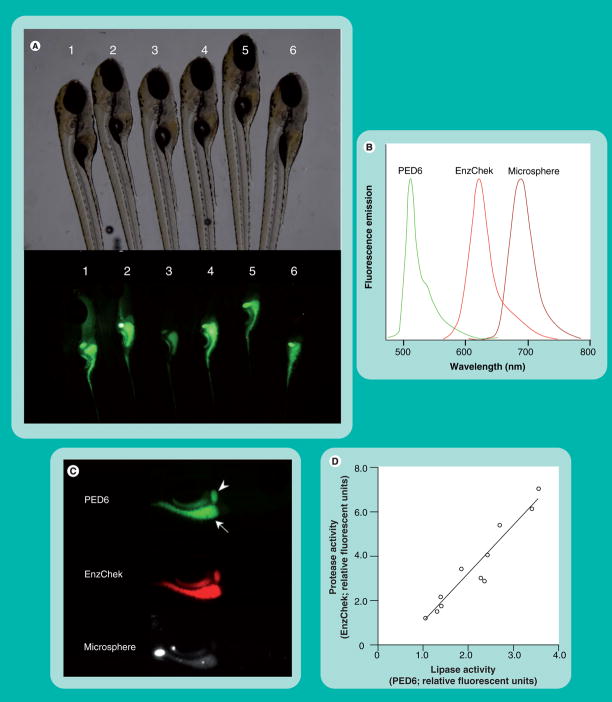Figure 8. PED6, EnzChek and microspheres provide a readout of larval digestive function.
(A) Wild-type siblings exhibit variability in PED6 signal. Larvae (6 dpf) were placed in embryo media containing PED6 (0.3 mg/ml) for 3 h, washed and imaged. (B) PED6, EnzChek and microspheres each fluoresce at distinct wavelengths, allowing simultaneous screening for lipase, protease and swallowing activities, respectively. (C) PED6 and EnzChek signal in the gall bladder (arrowhead) and intestine (arrow) of wild-type zebrafish. Microspheres are present in the intestine following feeding and indicate normal swallowing activity. (D) Intestinal protease and phospholipase activities correlate, allowing the ratio of PED6 to EnzChek signal to serve as readout of digestive function.
Reprinted with permission from [9].

